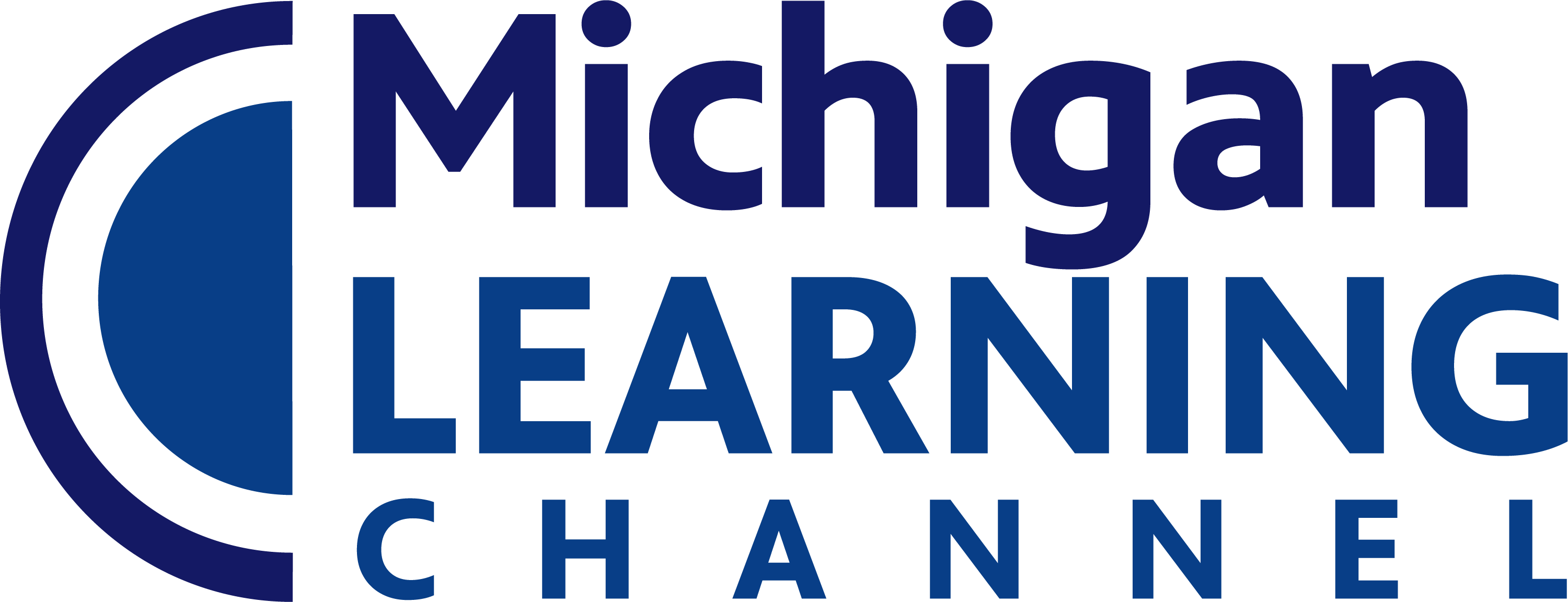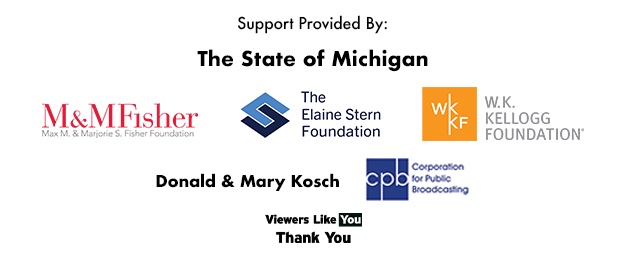Subjects
Shows
Identify body parts by touching: head, neck, arms, legs, feet, shoulders, and knees.
Follow teacher-direct movement responses involving props; e.g., scarves, bean bags, parachute.
Experience an age-appropriate dance or dance concert, and discuss the experience.
Identify new meanings for familiar words and apply them accurately (e.g., knowing duck is a bird and learning the verb [...]
Use the most frequently occurring inflections and affixes (e.g., -ed, -s, re-, un-, pre-, -ful, -less) as a clue to [...]
I can sort objects into categories. I can identify real-life connections for words and their use.
Sort common objects into categories (e.g., shapes, foods) to gain a sense of the concepts the categories represent.
Demonstrate understanding of frequently occurring verbs and adjectives by relating them to their opposites (antonyms).
Identify real-life connections between words and their use (e.g., note places at school that are colorful).
Distinguish shades of meaning among verbs describing the same general action (e.g., walk, march, strut, prance) by acting out the [...]
Follow agreed-upon rules for discussions (e.g., listening to others and taking turns speaking about the topics and texts under discussion).
I can describe people, places, things and events and add detail with help.
Form regular plural nouns orally by adding /s/ or /es/ (e.g., dog, dogs; wish, wishes).
Understand and use question words (interrogatives) (e.g., who, what, where, when, why, how).
Use the most frequently occurring prepositions (e.g., to, from, in, out, on, off, for, of, by, with).
Produce and expand complete sentences in shared language activities.
I can capitalize the first word in a sentence and the pronoun I. I can recognize and name end punctuation. [...]
Write a letter or letters for most consonant and short-vowel sounds (phonemes).
Spell simple words phonetically, drawing on knowledge of sound-letter relationships.
Demonstrate understanding of spoken words, syllables, and sounds (phonemes).
I can recognize words that rhyme. I can produce words that rhyme.
Blend and segment onsets and rimes of single-syllable spoken words.
I can identify the beginning sound, vowel sound, and end sound of words (three-phoneme words). I can spell words by [...]
Add or substitute individual sounds (phonemes) in simple, one-syllable words to make new words.
I can recognize and produce the sounds of each letter. I can read sight words.
Demonstrate basic knowledge of letter-sound correspondences by producing the primary or most frequent sound for each consonant.
Associate the long and short sounds with the common spellings (graphemes) for the five major vowels.
Read common high-frequency words by sight. (e.g., the, of, to, you, she, my, is, are, do, does).
Subjects
Shows
Identify body parts by touching: head, neck, arms, legs, feet, shoulders, and knees.
Follow teacher-direct movement responses involving props; e.g., scarves, bean bags, parachute.
Experience an age-appropriate dance or dance concert, and discuss the experience.
Identify new meanings for familiar words and apply them accurately (e.g., knowing duck is a bird and learning the verb [...]
Use the most frequently occurring inflections and affixes (e.g., -ed, -s, re-, un-, pre-, -ful, -less) as a clue to [...]
I can sort objects into categories. I can identify real-life connections for words and their use.
Sort common objects into categories (e.g., shapes, foods) to gain a sense of the concepts the categories represent.
Demonstrate understanding of frequently occurring verbs and adjectives by relating them to their opposites (antonyms).
Identify real-life connections between words and their use (e.g., note places at school that are colorful).
Distinguish shades of meaning among verbs describing the same general action (e.g., walk, march, strut, prance) by acting out the [...]
Follow agreed-upon rules for discussions (e.g., listening to others and taking turns speaking about the topics and texts under discussion).
I can describe people, places, things and events and add detail with help.
Form regular plural nouns orally by adding /s/ or /es/ (e.g., dog, dogs; wish, wishes).
Understand and use question words (interrogatives) (e.g., who, what, where, when, why, how).
Use the most frequently occurring prepositions (e.g., to, from, in, out, on, off, for, of, by, with).
Produce and expand complete sentences in shared language activities.
I can capitalize the first word in a sentence and the pronoun I. I can recognize and name end punctuation. [...]
Write a letter or letters for most consonant and short-vowel sounds (phonemes).
Spell simple words phonetically, drawing on knowledge of sound-letter relationships.
Demonstrate understanding of spoken words, syllables, and sounds (phonemes).
I can recognize words that rhyme. I can produce words that rhyme.
Blend and segment onsets and rimes of single-syllable spoken words.
I can identify the beginning sound, vowel sound, and end sound of words (three-phoneme words). I can spell words by [...]
Add or substitute individual sounds (phonemes) in simple, one-syllable words to make new words.
I can recognize and produce the sounds of each letter. I can read sight words.
Demonstrate basic knowledge of letter-sound correspondences by producing the primary or most frequent sound for each consonant.
Associate the long and short sounds with the common spellings (graphemes) for the five major vowels.
Read common high-frequency words by sight. (e.g., the, of, to, you, she, my, is, are, do, does).


